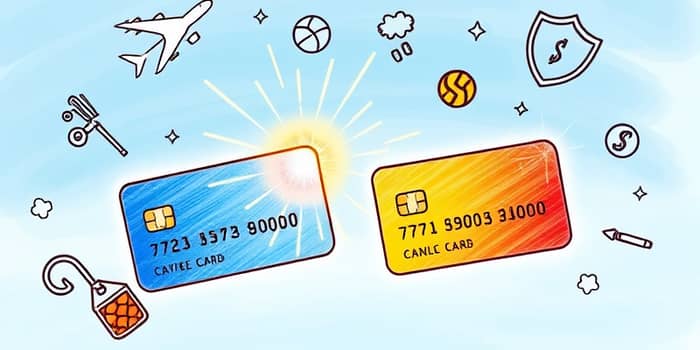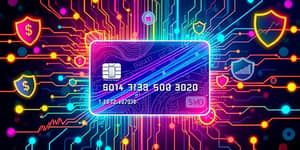
Many people believe that one credit card is enough to manage their finances. In reality, adding a second card—when chosen wisely—can open doors to remarkable rewards, improved credit health, and even life-saving backup in emergencies. Discover how this simple step can transform your financial journey.
After you’ve responsibly managed your first card, your credit profile strengthens, paving the way for a premium second card. By increasing your total available credit, you can lower your credit utilization ratio, which is a key factor in FICO and VantageScore models. Aim to keep your utilization below 30%, but the lower you go, the more you benefit.
Having multiple accounts also demonstrates diligent credit management skills to lenders. Each on-time payment on a second card signals reliability, potentially leading to better offers down the road.
Your first card often serves as an entry point: functional but limited. Once you qualify for a second card, you can choose one tailored to your spending habits—be it travel, dining, or everyday groceries—and maximize your rewards potential.
Combining cards that complement each other ensures you’re never leaving rewards on the table. Use one card for groceries and household bills, another for dining and travel, and watch your points—and your savings—stack up.
Imagine arriving at a remote destination only to find your primary card declined. Having a second card stored separately can be your financial lifeline. Whether it’s a stolen wallet or an unexpected charge denial, you gain peace of mind on every trip.
Even at home, a backup card means you won’t be stranded if fraud strikes. Replacement cards can take days to arrive; until then, your second card keeps your bills paid and your life running smoothly.
Carrying high-interest balances can drain your budget with interest rates around 20%. A second card with a 0% introductory APR on balance transfers offers a golden opportunity to accelerate your debt repayment without added interest for 12–18 months.
By consolidating debt onto this card, you free up money previously devoted to interest payments. This strategy not only saves you money but also helps you pay down principal faster, improving your credit score over time.
Financial planners often recommend holding two to three cards. One card provides diversified reward streams, and a backup card keeps you secure. Review your strategy every year to ensure your cards still align with your goals.
While a second card is empowering, missteps can be costly. Avoid applying for multiple cards in a short span, as this can temporarily lower your credit score. Always pay balances in full to prevent interest charges from eroding your rewards.
Be mindful of annual fees. A high-fee card must deliver commensurate value through perks or rewards. If it doesn’t, don’t hesitate to downgrade or switch to a no-fee alternative.
Consider Sarah, who paired her flat-rate cashback card with a rotating-category card. In one year, she earned over $600 in rebates on groceries, fuel, and streaming services. Meanwhile, her credit score climbed by 30 points thanks to consistent on-time payments and diversified credit lines.
Or James, who used a 0% APR balance transfer to consolidate $5,000 in high-interest debt. By redirecting his interest savings into his principal, he cleared the balance six months ahead of schedule.
Your first credit card is a stepping stone. When you secure a second card that aligns with your lifestyle, you gain enhanced rewards, stronger credit health, and a financial safety net. This strategic move unlocks a new level of financial empowerment, letting you spend smarter, save more, and travel with confidence.
Upgrade your wallet today: find the second card that resonates with your goals, and watch your financial possibilities expand.
References













